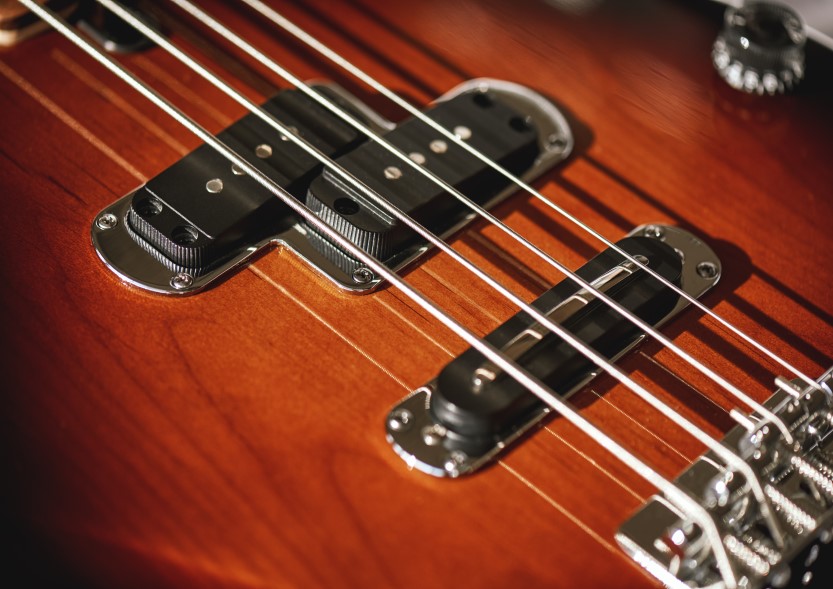
Today we’re going to take a look at how lap steel tuning works. The lap steel guitar is a unique instrument with roots in Hawaiian, country, and blues music.
Unlike conventional guitars, lap steel is designed to be played horizontally, allowing the player to use a slide to produce the gliding notes that characterize this instrument. Understanding different lap steel tunings is essential for unlocking the instrument’s full potential and achieving various musical styles. Without further ado, here’s what you need to know about lap steel tuning.
Roadie 3 tuner
The Roadie 3 tuner is a wonderful choice for tuning your lap steel guitar. If your instrument has gear-based pegs, this stellar tuner is the way to go. With a vibration detection mechanism, Roadie 3 allows anyone to tune under any circumstances, including loud instruments and other sources of sound. Roadie 3 comes with a total of 150 alternate tunings available for 12 instruments, so you also get great versatility. And you don’t even have to worry about which direction to turn the peg on, as Roadie 3 will automatically do that for you.
Standard Tuning
The most common lap steel tuning is C6 tuning. The C6 tuning is as follows (from lowest to highest pitch): C E G A C E. This tuning facilitates chordal playing and smooth melodic lines, making it ideal for country, Hawaiian, and jazz music.
Open D Tuning
Open D tuning, also known as D6 tuning, is another popular choice for lap steel players. This tuning is achieved by tuning the strings to form a D major chord, providing a rich and resonant sound. The D6 tuning is as follows: D F# A B D F#.
Open G Tuning
Open G tuning, or G6 tuning, is a favored tuning among lap steel players seeking a bluesy and soulful sound. The strings are tuned to form a G major chord. This results in a fantastic and vibrant tone. The G6 tuning is as follows: G B D E G B. This tuning is well-suited for playing blues and rock music.
C Diatonic Tuning (CEGA)
C Diatonic tuning, often referred to as “CEGA” tuning, is a variation of standard C6 tuning. It is a popular choice among lap steel players who focus on melody and single-note lines. The CEGA tuning is as follows: C E G A C E. By eliminating the redundant C note from the standard C6 tuning, this configuration allows for more straightforward scale patterns, enhancing melodic improvisation.
Dobro-Style Tuning
The tuning is as follows: G D G B D G. The high G string provides a unique tonal color and allows for creative slide techniques often associated with Dobro-style playing.
The world of lap steel tuning offers a vast array of possibilities for musicians seeking to explore different genres and musical expressions. Each tuning has its unique characteristics, ranging from soulful blues to upbeat country and emotive Hawaiian melodies. So, grab your slide, tune up your lap steel, and embark on a musical journey full of resonance and emotion.

